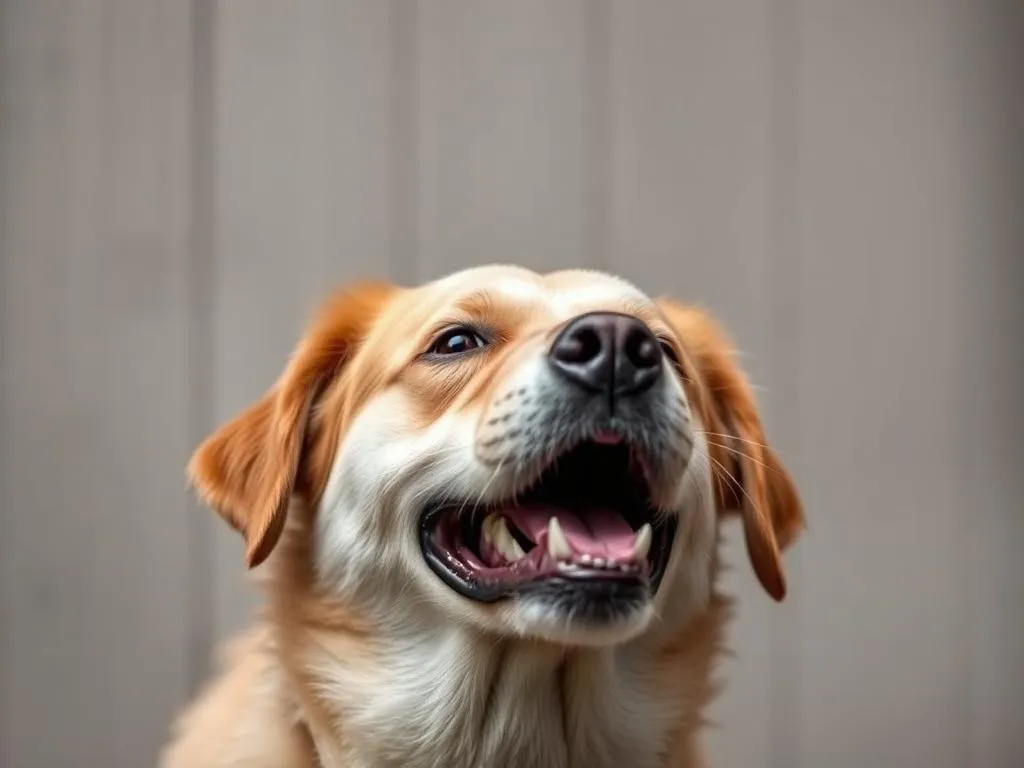
Introduction
Training your dog is one of the most fulfilling and essential parts of pet ownership. Not only does it help establish good behavior, but it also strengthens the bond between you and your furry friend. One popular command that many dog owners enjoy teaching is how to teach a dog to beg. This endearing trick not only looks impressive but also showcases your dog’s intelligence and ability to learn.
Positive reinforcement is a crucial element in dog training. By rewarding your dog for desired behaviors, you encourage them to repeat those actions. In this article, we’ll delve into the specifics of teaching your dog the “beg” command, including its meaning, benefits, and a step-by-step guide to successfully training your pet.
Understanding the “Beg” Command
What Does “Beg” Mean?
The “beg” command involves your dog sitting on their hind legs while keeping their front paws raised. It’s a charming sight that often elicits smiles and applause from onlookers. This command can be particularly useful in various scenarios, such as performing in front of family and friends, entertaining guests, or simply building your dog’s repertoire of tricks.
Benefits of Teaching Your Dog to Beg
Teaching your dog to beg has numerous advantages. First and foremost, it’s a fun trick that can impress friends and family. Secondly, it enhances the bond between you and your dog as you spend quality time training together. Finally, learning this trick provides mental stimulation for your dog, keeping them engaged and happy.
Preparing for Training
Choosing the Right Environment
To ensure successful training, it’s essential to choose a quiet area free from distractions. This allows your dog to focus on you and the task at hand. A comfortable, familiar space is ideal for both you and your dog, making it easier for them to relax and learn.
Required Tools
Before you begin training, gather some essential tools:
-
Treats: Use high-value treats that your dog loves, such as small pieces of chicken, cheese, or commercial dog treats. The size of the treats should be small enough for quick consumption, allowing for multiple rewards during training.
-
Clicker: If you’re using clicker training, have a clicker on hand to mark the behavior immediately when your dog performs the action correctly.
-
Leash: A leash can be useful for maintaining control, especially if your dog is easily distracted.
Assessing Your Dog’s Readiness
Before starting, consider your dog’s age, health, and previous training experience. Puppies are generally more flexible in learning new tricks, while older dogs may require more patience. Always consult a veterinarian if you have health concerns that could affect your dog’s ability to perform tricks.
Step-by-Step Guide on How to Teach a Dog to Beg
Step 1: Get Your Dog’s Attention
To kick off the training session, you must capture your dog’s attention. Use treats to draw them in, holding the treat close to their nose and slowly moving it upward. This motion will naturally encourage your dog to look up and engage with you.
Step 2: Positioning Your Dog
Once you have their attention, position your dog. You can choose to start from a sitting or standing position. Show them the treat while moving it upwards, causing them to raise their front paws off the ground. Ensure your body language is calm and encouraging to help your dog feel secure during the process.
Step 3: Introducing the Command
When your dog begins to raise their paws, introduce the verbal cue you’ve chosen, such as “beg.” Timing is crucial here; use the command as your dog is performing the action to create a strong association between the word and the behavior.
Step 4: Encouraging the Behavior
Lure your dog with treats to encourage them to raise their paws. If they seem unsure, you can gently assist them by lifting their paws with your hands. Accompany this with visual hand signals, which can reinforce the command and help your dog understand what you want.
Step 5: Reinforcement
Immediate reinforcement is vital for successful training. When your dog successfully raises their paws, reward them right away with a treat and plenty of praise. Gradually increase your expectations; for instance, wait for them to hold the position for a few seconds before rewarding them.
Step 6: Practice and Patience
Consistency is key in dog training. Keep training sessions short—around 5 to 10 minutes—and frequent. This prevents boredom and frustration for both you and your dog. Use positive reinforcement to maintain motivation and enthusiasm throughout the process.
Common Challenges and Solutions
Dog Not Responding to the Command
If your dog is not responding, troubleshoot by adjusting the environment or the rewards. Ensure there are no distractions nearby and consider switching to higher-value treats if your dog seems uninterested.
Dog Getting Frustrated
Watch for signs of frustration in your dog, such as whining, turning away, or excessive panting. If your dog appears frustrated, take a break and return to training later. Keeping sessions positive and enjoyable is crucial for effective learning.
Advanced Techniques for Stubborn Dogs
For dogs who are particularly stubborn, consider alternative methods like clicker training. This tool can help reinforce desired behaviors more effectively. Additionally, mix up your training approach with other tricks to keep your dog engaged and motivated.
Maintaining Your Dog’s Skills
Regular Practice
To ensure your dog retains the “beg” command, regular practice is essential. Reinforce the behavior over time, incorporating the command into daily routines. This not only helps maintain their skills but also makes training a fun part of everyday life.
Mixing Commands to Keep It Interesting
To keep training exciting, teach additional tricks that complement “beg.” For instance, consider teaching “roll over” or “play dead.” This variety not only enhances your dog’s skill set but also keeps their mind sharp and engaged.
Conclusion
In summary, teaching your dog to beg is a rewarding and fun experience for both you and your furry companion. By understanding the command’s significance, preparing adequately, and following a structured training approach, you can successfully teach your dog this charming trick. Remember to be patient and consistent, and don’t hesitate to share your training successes and tips with fellow dog lovers. Enjoy the journey of learning together!
FAQs
What if my dog doesn’t seem to understand the command?
It’s important to be patient. Sometimes dogs need more time to grasp new commands. Try using hand signals alongside verbal cues and ensure your dog is in a distraction-free environment.
Can older dogs learn new tricks?
Absolutely! While younger dogs may learn faster, older dogs can also pick up new tricks. Just be mindful of their physical limitations and adjust your training methods accordingly.
How long should I train my dog each day?
Short sessions of about 5-10 minutes are ideal. Frequent practice is more effective than long, drawn-out training sessions that may lead to fatigue and frustration.
Is it necessary to use treats for training?
Treats are a powerful motivator, especially when teaching new commands. However, you can also use praise, toys, or playtime as rewards once your dog starts to understand the command.
By following these guidelines, you’ll not only teach your dog to beg but also enhance your overall relationship through the art of training. Happy training!









